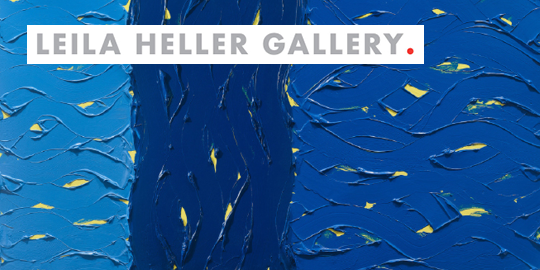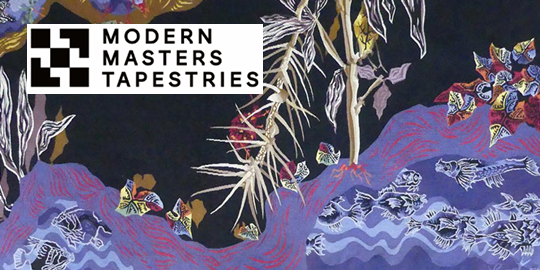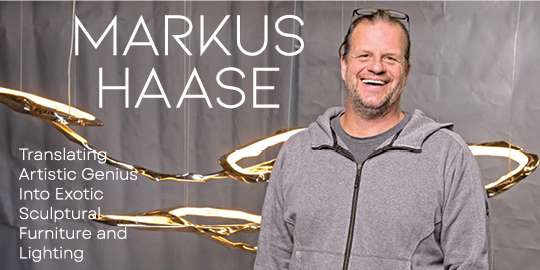- FINE ART
-
FURNITURE + LIGHTING
Shop By Category
Shop By Artist
- NEW + CUSTOM
- DECORATIVE ARTS
-
JEWELRY
Shop By Category
Shop By Artist
- INTERIORS
- MAGAZINE
Listing
Period
Pg 1
of 1
- Clear All
Oskar Fischinger
German, 1900 - 1967
Oskar Wilhelm Fischinger (June 22, 1900 – January 31, 1967) was a groundbreaking German-American abstract animator, filmmaker, and painter celebrated for his innovative work in musical animation long before the advent of computer graphics. His film Motion Painting No. 1 (1947) is preserved in the National Film Registry by the U.S. Library of Congress. Fischinger created special effects for Fritz Lang's 1929 sci-fi film Woman in the Moon and is credited with influencing Disney's Fantasia.
Born in Gelnhausen, Germany, Fischinger initially trained as an organ builder but shifted his focus to art and filmmaking. He moved to Munich, where he developed a "Wax Slicing Machine" that allowed him to create abstract visual experiments. In 1924, he began producing satirical cartoons and further explored abstract films, including live performances using multiple projectors.
After relocating to Berlin in 1927, Fischinger found success creating special effects and animated shorts, gaining acclaim for his Studies, which were some of the earliest music videos. However, as the Nazis rose to power, opportunities for abstract artists dwindled, prompting Fischinger to seek a new start in the United States.
Arriving in Hollywood in 1936, Fischinger worked with major studios but often faced challenges due to creative differences. He produced several notable films, including An Optical Poem (1937) and Allegretto, and contributed to Disney's Fantasia before leaving the project over stylistic changes. Frustrated with the commercial film industry, Fischinger increasingly turned to painting, culminating in his acclaimed Motion Painting No. 1.
In the late 1940s, Fischinger invented the Lumigraph, a visual instrument intended for live performances, which he showcased throughout California. Despite difficulties in funding his personal projects, he left a lasting impact on both animation and abstract art. Fischinger passed away in 1967, but his work continues to be celebrated and preserved, influencing generations of artists and animators. The Academy Film Archive houses many of his films, ensuring his innovative spirit endures.
Born in Gelnhausen, Germany, Fischinger initially trained as an organ builder but shifted his focus to art and filmmaking. He moved to Munich, where he developed a "Wax Slicing Machine" that allowed him to create abstract visual experiments. In 1924, he began producing satirical cartoons and further explored abstract films, including live performances using multiple projectors.
After relocating to Berlin in 1927, Fischinger found success creating special effects and animated shorts, gaining acclaim for his Studies, which were some of the earliest music videos. However, as the Nazis rose to power, opportunities for abstract artists dwindled, prompting Fischinger to seek a new start in the United States.
Arriving in Hollywood in 1936, Fischinger worked with major studios but often faced challenges due to creative differences. He produced several notable films, including An Optical Poem (1937) and Allegretto, and contributed to Disney's Fantasia before leaving the project over stylistic changes. Frustrated with the commercial film industry, Fischinger increasingly turned to painting, culminating in his acclaimed Motion Painting No. 1.
In the late 1940s, Fischinger invented the Lumigraph, a visual instrument intended for live performances, which he showcased throughout California. Despite difficulties in funding his personal projects, he left a lasting impact on both animation and abstract art. Fischinger passed away in 1967, but his work continues to be celebrated and preserved, influencing generations of artists and animators. The Academy Film Archive houses many of his films, ensuring his innovative spirit endures.
Pg 1 of 1
